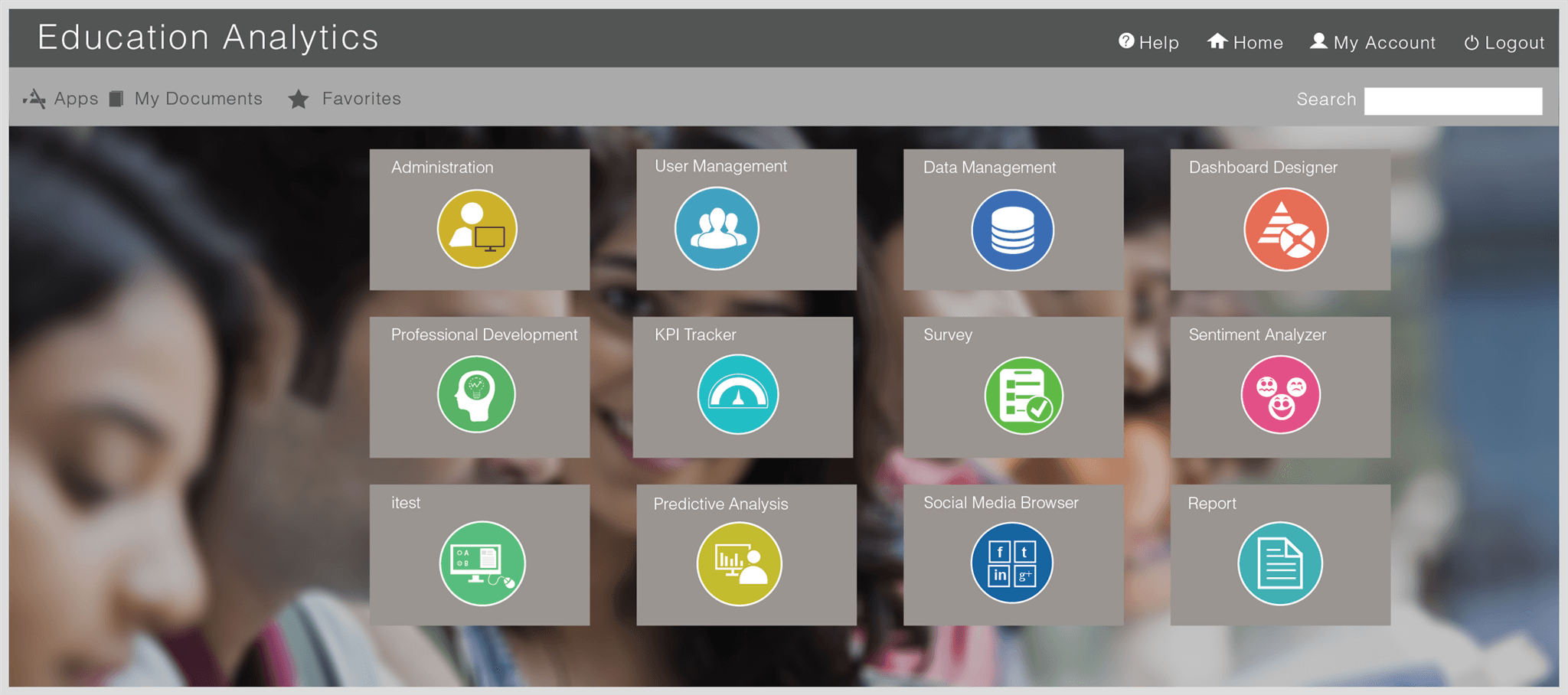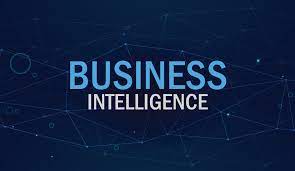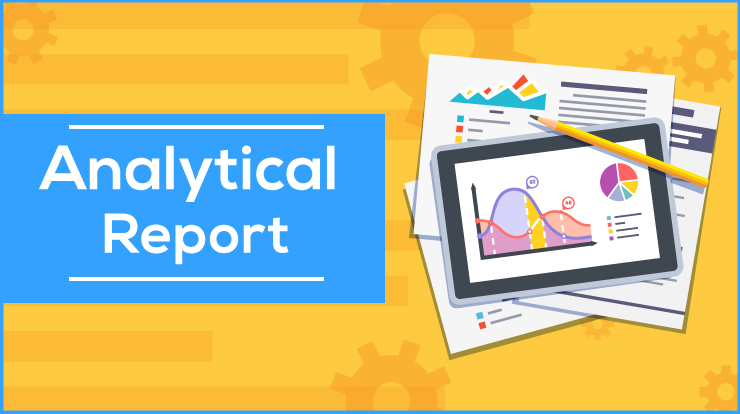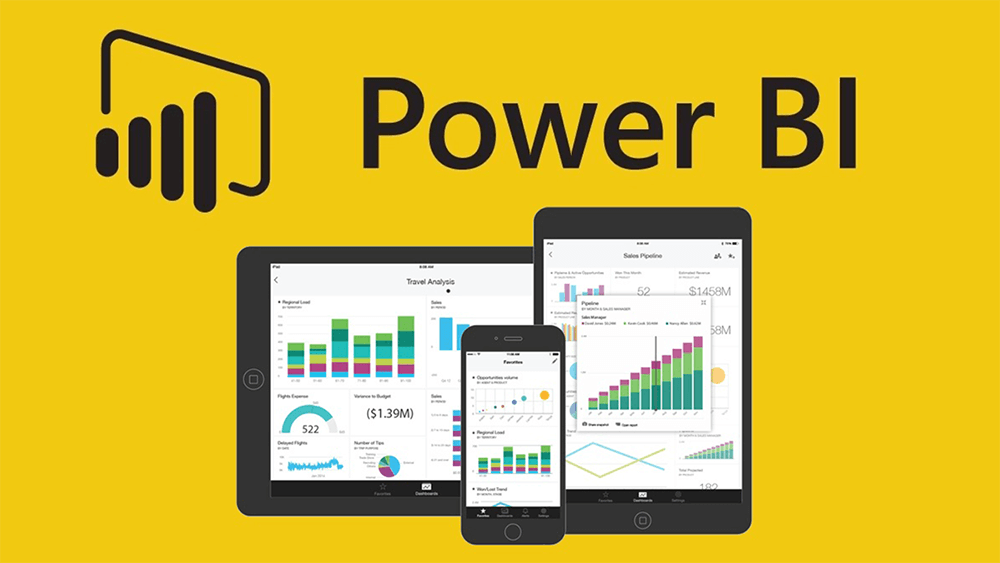
7 ways to Optimize High Education Data Strategy. We are living through a data deluge, and it’s only going to get worse. According to the IDC, around 64.2 zettabytes of data was created and replicated in 2020. For context, a single zettabyte is one billion terabytes or one trillion gigabytes. While 2020 was an unprecedented year, it’s indicative of where the digital landscape is heading. The IDC reports, “The revised model forecast that global data creation and replication will experience a compound annual growth rate (CAGR) of 23% over the 2020–2025 forecast period.”
As the volume, variety, and velocity of data increases exponentially, the analysis gap—the gap widens between information quantity and our ability to analyze it s, making it critical for forward-thinking institutions to understand all aspects of analytics programs, safeguard information, and continuously optimize their data strategy.
When optimized, a higher education data extends the Analysis On Data Strategy and existing budget, supports value-added employee activity, and improves process efficiency at all levels of an organization. The following steps for Analysis On Optimization Of High Education Data Strategy will ensure our analytics program is keeping your institution nimble.
1. Align leadership
To maximize the impact of analytics, strategy and leadership must be in sync. As you’re determining your data roadmap, start by establishing a set of North Star business priorities that directly link to your current technology, not the other way around. For most institutions, these Key Performance Indicators (KPIs) center on recruitment, retention, and student learning outcomes, but a robust analytics program can drive success in all areas, including advancement, finance, human resources, and procurement.
An investment from the top in solid data strategy is ultimately an investment in business continuity, not only supporting business priorities, but also system-wide cybersecurity. Data logging and acquisition capabilities facilitate fraud detection and forensic review, enabling you to quickly determine the cause of disruptive issues if they occur.
2. Double down on data governance
As the analysis gap widens, it will become impossible to meticulously govern every piece of data, making an effective data governance strategy key to information management that is efficient, accurate, and compliant with privacy regulations. In doing so, you’ll also foster an understanding of data and its lineage that will drive analytics efforts and maximize technology’s value at an institution.
Outdated approaches to governance fail to strike a balance necessary for optimization, either building a centralized Enterprise Data Warehouse (EDW) with monolithic solutions or foregoing an EDW for multiple distributed analytics systems. A more effective model for governance embraces data democratization, providing a centralized platform as a source of clean, trustworthy information. Decentralized units can then “plug in” to this shared service to access the information they need and manage data in an appropriate fashion.
3. Craft an actionable Higher Education Data Strategy.
Higher education needs actionable plans—both short- and long-term—to effectively analyze large volumes of data and use that information for strategic insight.
An effective Optimization Of High Education Data Strategy can’t be seen as a one-size-fits-all approach enforced on an organization. It must be created and refined by engaging with the community, understanding their business needs, and continuously aligning analytics to meet them.
Design-thinking, persona-based strategy connects with users’ day-to-day experiences and treats analytics like a software company might treat a product development exercise. By supporting iterative analytic development, you can take stakeholder requirements and turn them into design sprints, meeting individual needs in a matter of weeks, not months.
4. Accelerate higher education data platform work
To become future-ready, institutions need a continuously available, fault-tolerant data platform based on cloud infrastructure, enabling flexibility and supporting the success of future reporting, analytics, and artificial intelligence.
Legacy solutions address specific needs but create silos of information that decrease efficiency and compromise decision-making. More and more institutions are moving away from these disconnected systems and toward cloud-based platforms that unify data and support greater interoperability.
This can be especially beneficial in higher education, where the applicant-student-alumnus lifecycle rapidly transfers the constituent relationship from department to department.
5. Fuel the analytics talent ecosystem
Remember to enable people. The technology is important, but you’ll need technical skills to manage your programs successfully. By offering specialized training for employees, you can accelerate key pilot projects, which in turn help keep staff engaged and motivated.
That kind of community engagement is essential, creating a culture in which everyone can help manage higher education data strategy’s quality and use the information to solve real-world problems, such as targeting best-fit applicants or identifying current students in need of academic support. By fostering an organization-wide appreciation for analytics, you drive the effectiveness of data across departments.
6. Leverage fit-for purpose data models and tools
One way to accelerate your data strategy is to use templated data models and analytics tools to jump-start your adoption process at an affordable cost. With this approach, you can skip the time-consuming process of defining your own models, while greatly aiding governance efforts with metadata and traceable lineages for all elements already applied.
Look for The Analysis On Optimization Of High Education Data Strategy-centric models that meet common needs with additional flexibility to best serve your institutional goals.
7. Establish analytics DataOps
Data operations (DataOps) involves using agile principles, testing, automation, and measuring outcomes to ensure that valuable information is in the right hands at the right time and brings value to decision-makers more quickly. Data scientists and analysts then spend less time on repeatable, manual processes, and more time innovating.
Successful DataOps programs are made possible by solid governance and metadata. With this in place, you can automate continuous testing of your analytics pipeline to ensure all the data flowing through your institution is verified and trustworthy.
Relevant Courses
The Refernce On Optimization Of High Education Data Strategy Is Here; .https://www.microsoft.com/en-gb/industry/blog/cross-industry/2020/10/15





